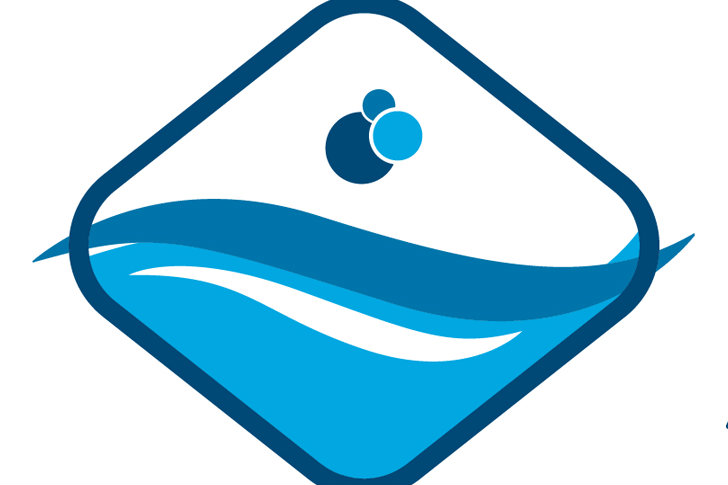A little more than a year ago, my then 6-year-old son was struggling to write certain letters in the alphabet. For example, the letter “g” would have the tail on the left instead of the right. “B” and “d” would be facing the wrong way, etc. Being a sensitive kid (and also a perfectionist), he would get incredibly upset whenever I pointed out the errors and required him to fix them. Every night ended in tears. It got so I dreaded doing homework with him, and getting him to sit down long enough to complete his assignments was a struggle.
Then I remembered something that a speaker said at the World Waterpark Association show last year. The topic was about finding creative low-cost ways to spruce up aquatics facilities, and she said something that I found revelatory.
“Ask yourself, ‘Is it good enough?’” she had said. “If the answer is ‘yes,’ then move on to the next thing you need to do.” Perfection, she explained, can be an endless, crippling pursuit. Time and energy are resources you can never get back. If something is “good enough,” don’t squander these limited resources to become a slave to perfection. At a certain stage, you reach a point of diminishing returns.
But when is good enough truly good enough?
Here are a few things to consider:
1. Decide which areas of your job or business require perfection and which areas don’t. Some jobs inherently require perfection — take pool cover installation. Failure to take precise measurements can result in poorly fitting covers that wind up costing your company and/or your customers time and money.
2. Set benchmarks. Start by answering questions such as: What is your objective? What would be an acceptable outcome?
Defining your benchmarks and determining what you need to do to achieve them can help you identify and eliminate unreasonable goals.
3. Establish deadlines and accountability. Perfectionists often suffer from procrastination, weighed down by a fear of failure. At its worst, it can doom a project before it even begins. Sticking to deadlines and being held accountable to external factors ensures execution. For instance, announcing the date for a product launch will hold the company accountable to its customers to deliver when they say they will.
4. Embrace mistakes. A “good enough” mind-set can be essential in getting a new product to market, for example, but analyzing and learning from mistakes can make version 2.0 even better.
As for my son, I decided that for first grade, I was getting mired in the weeds by focusing too much on minute details. At his tender age, the larger goal was to establish a good habit of studying. Now, as a second grader, I’m glad to see him settling in to do his work every night without any fuss. He’ll still flip a few letters every now and then, but the larger mission has been accomplished.
For now, his wrong-facing “g”s are still kind of cute.



